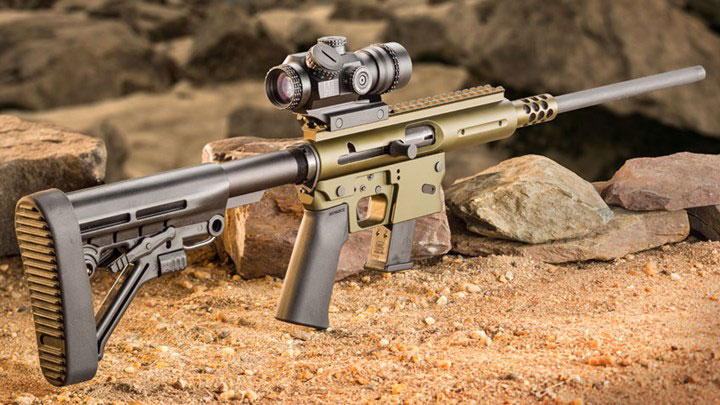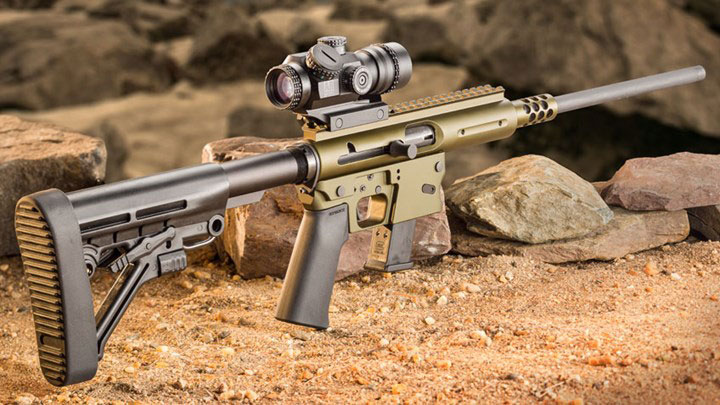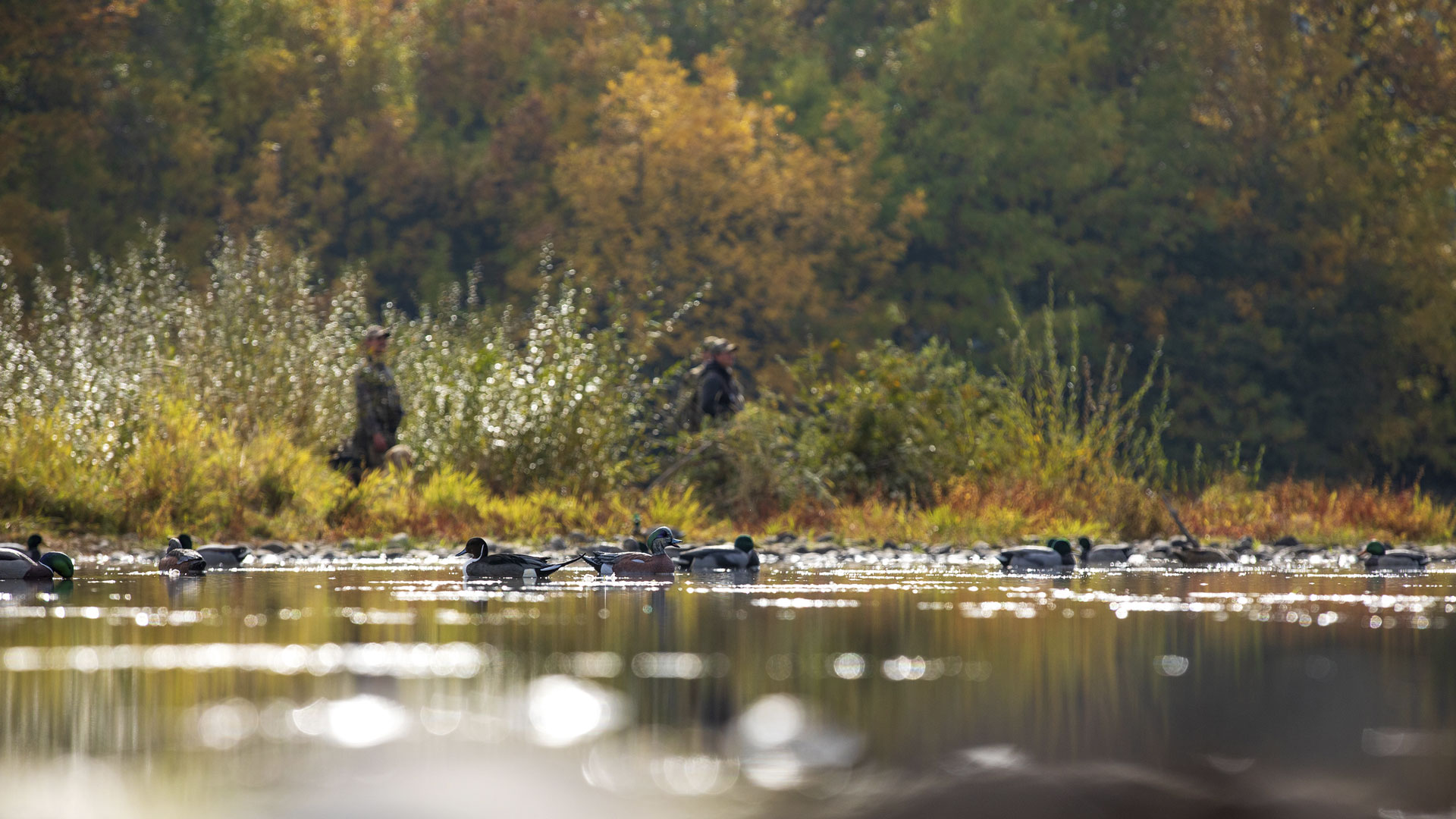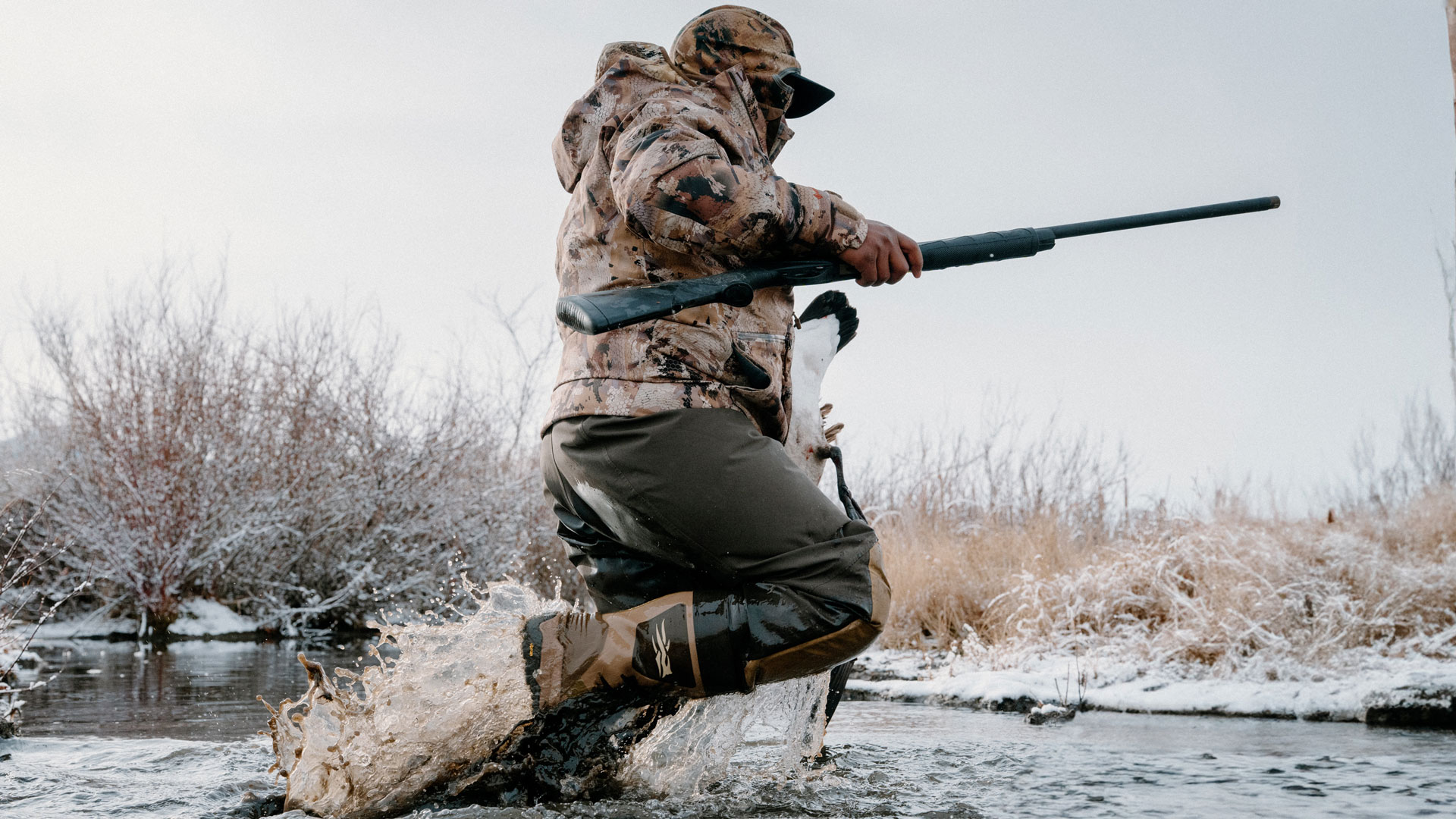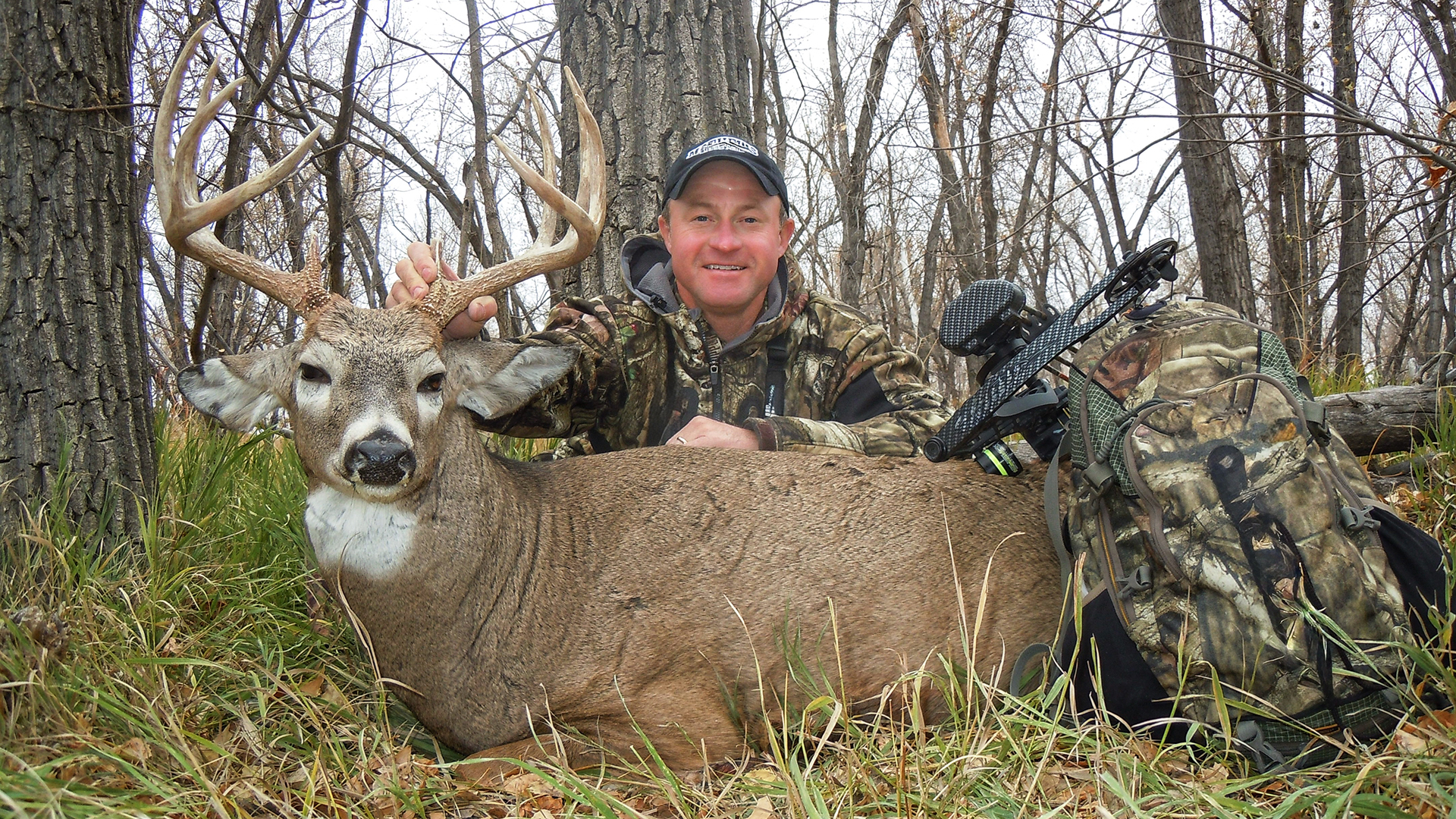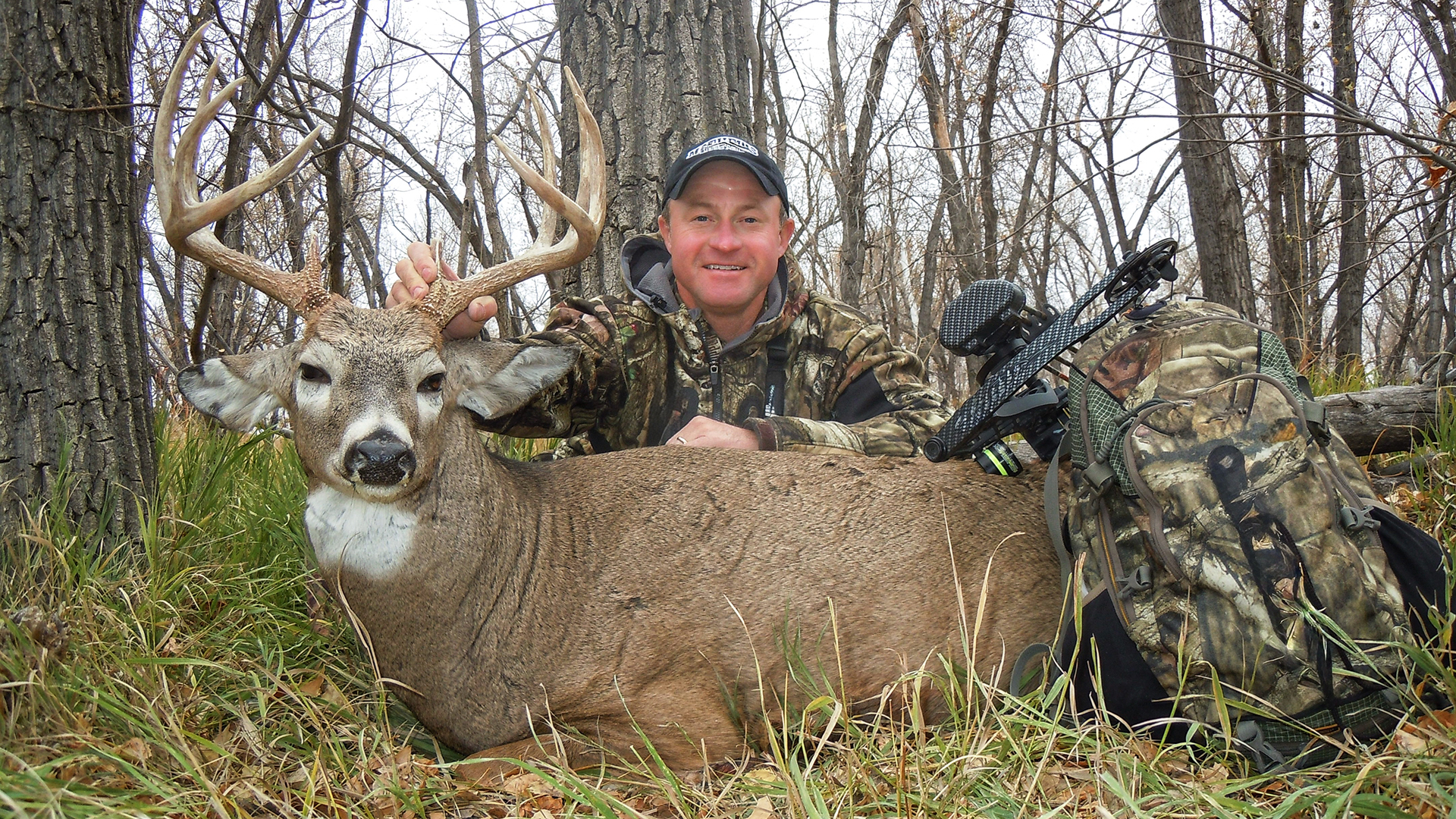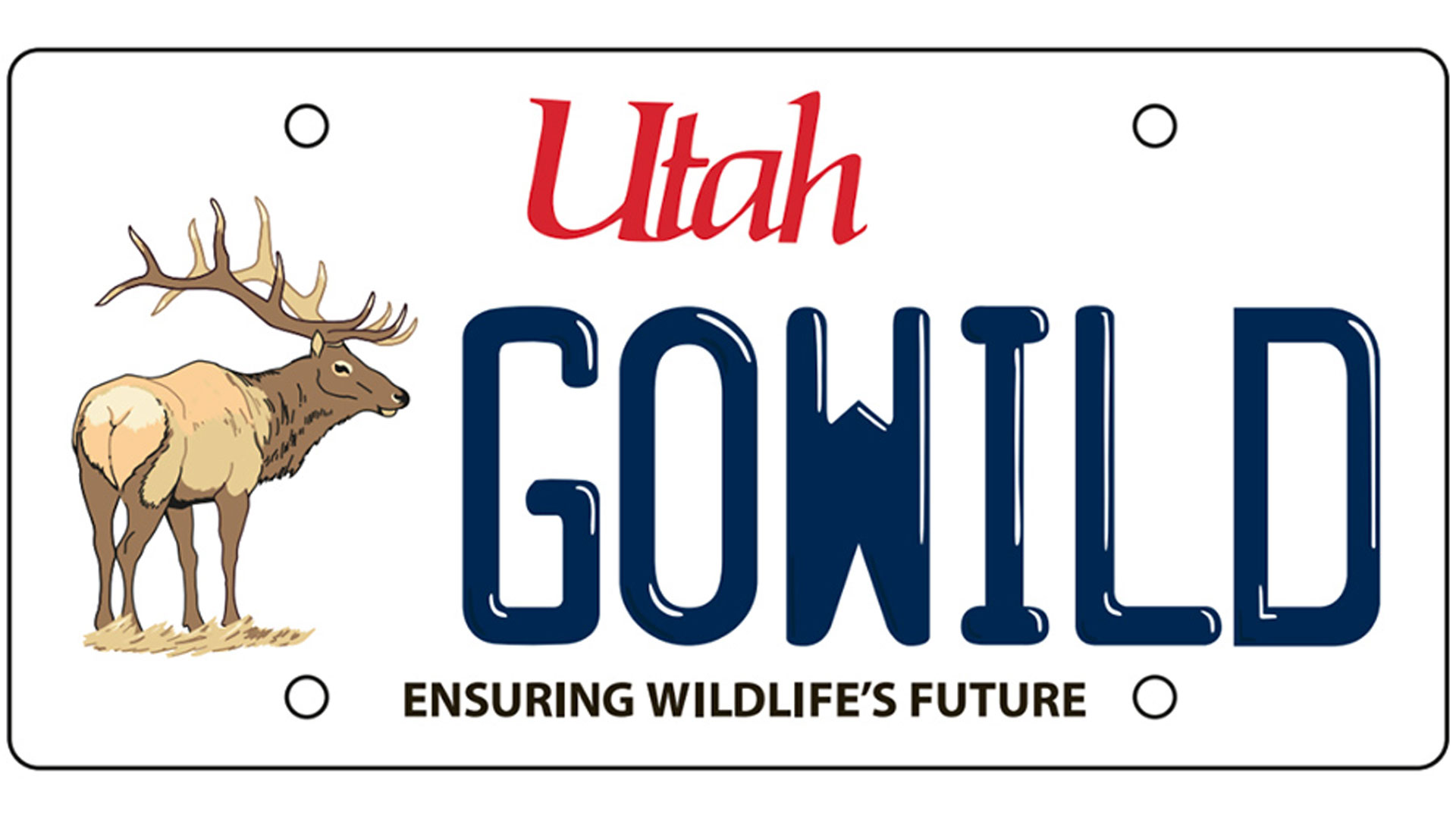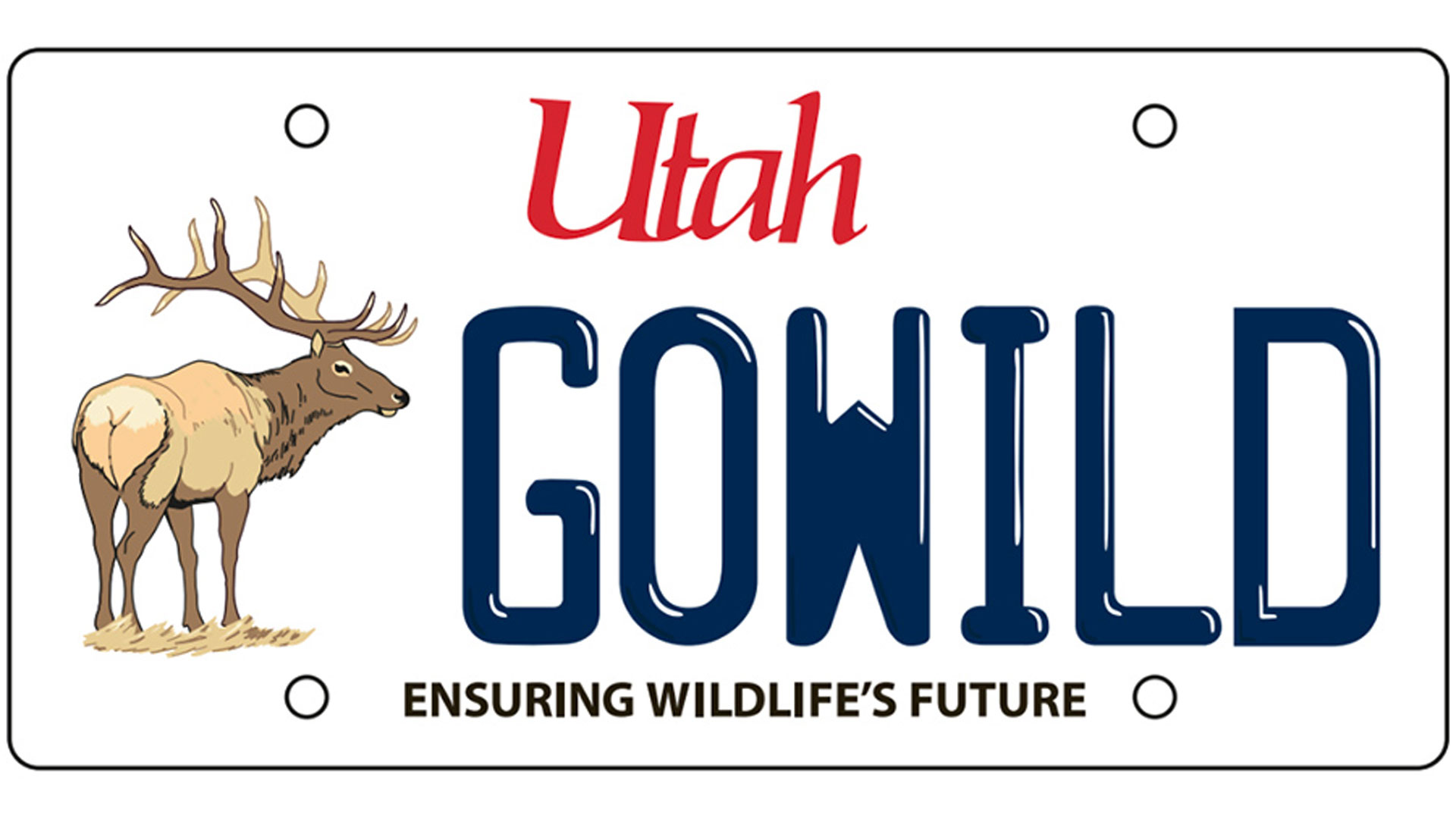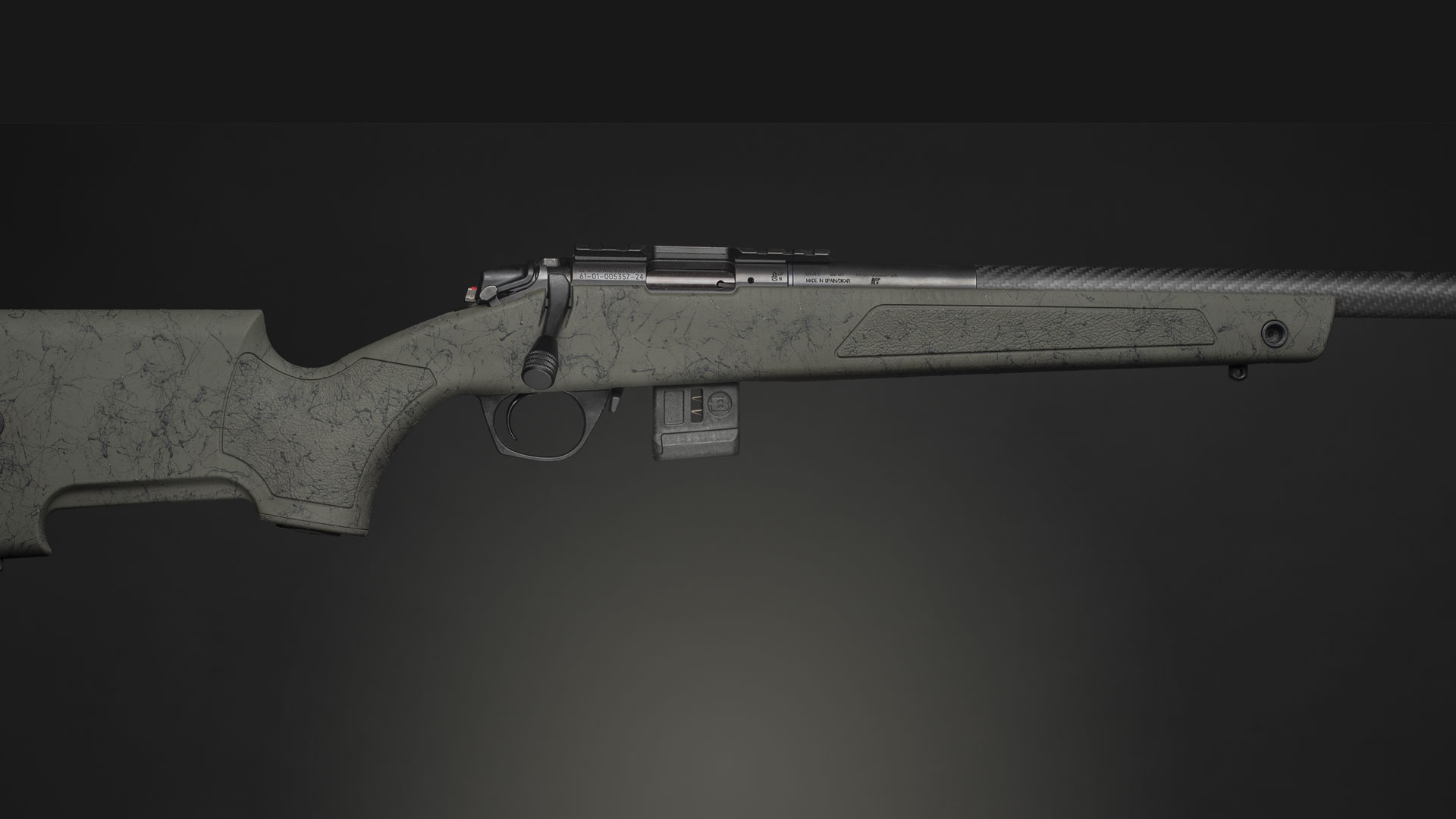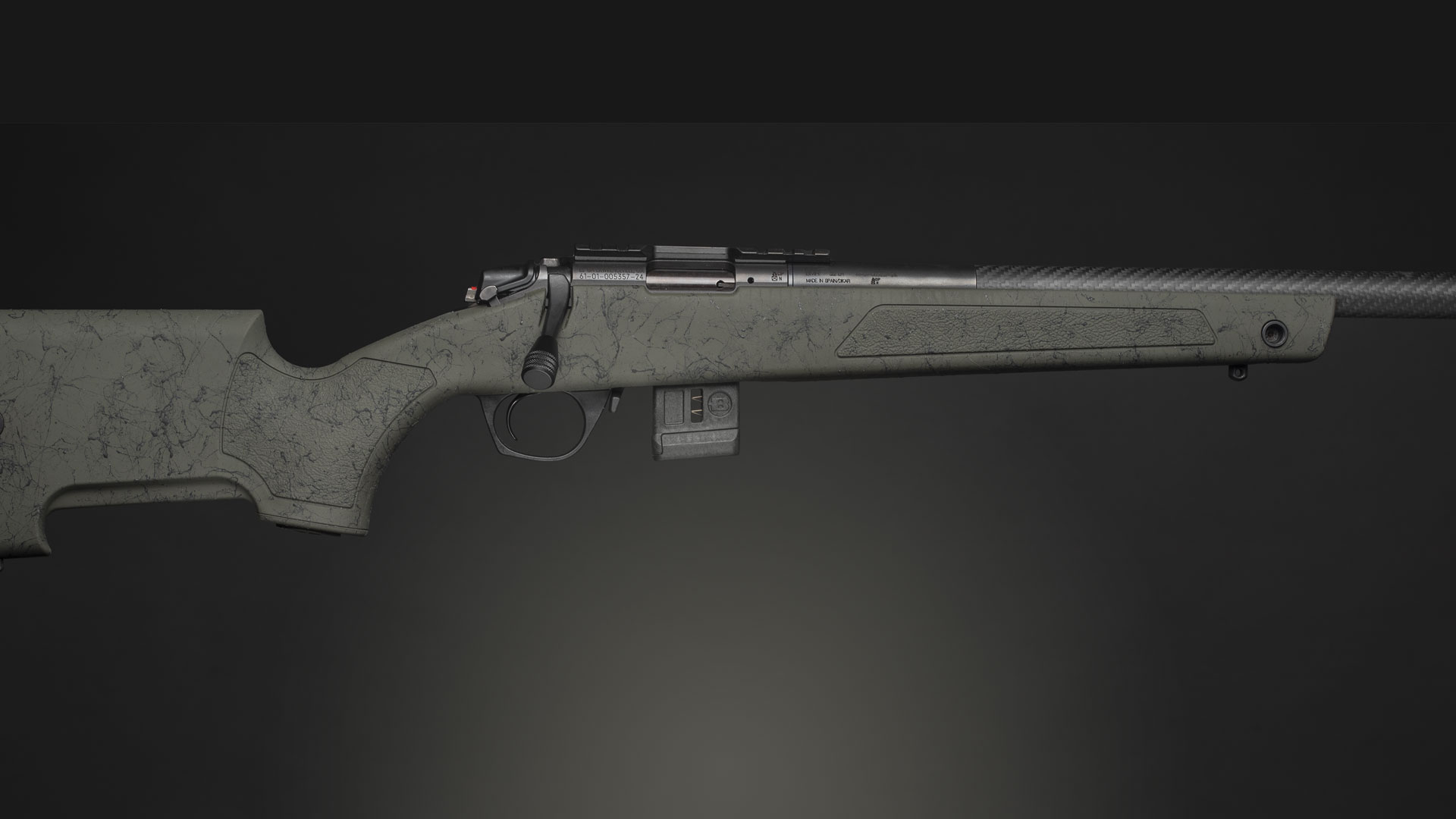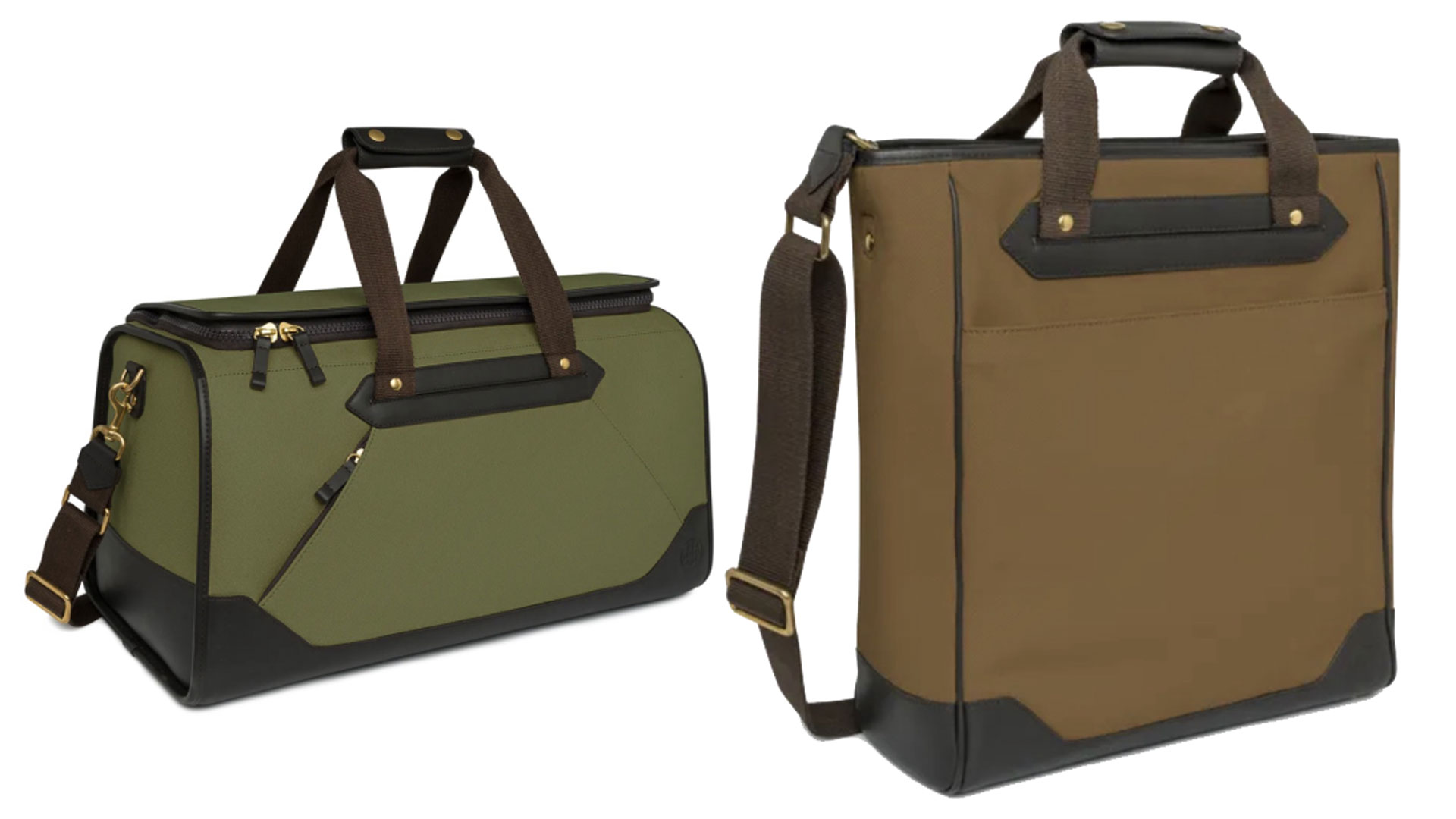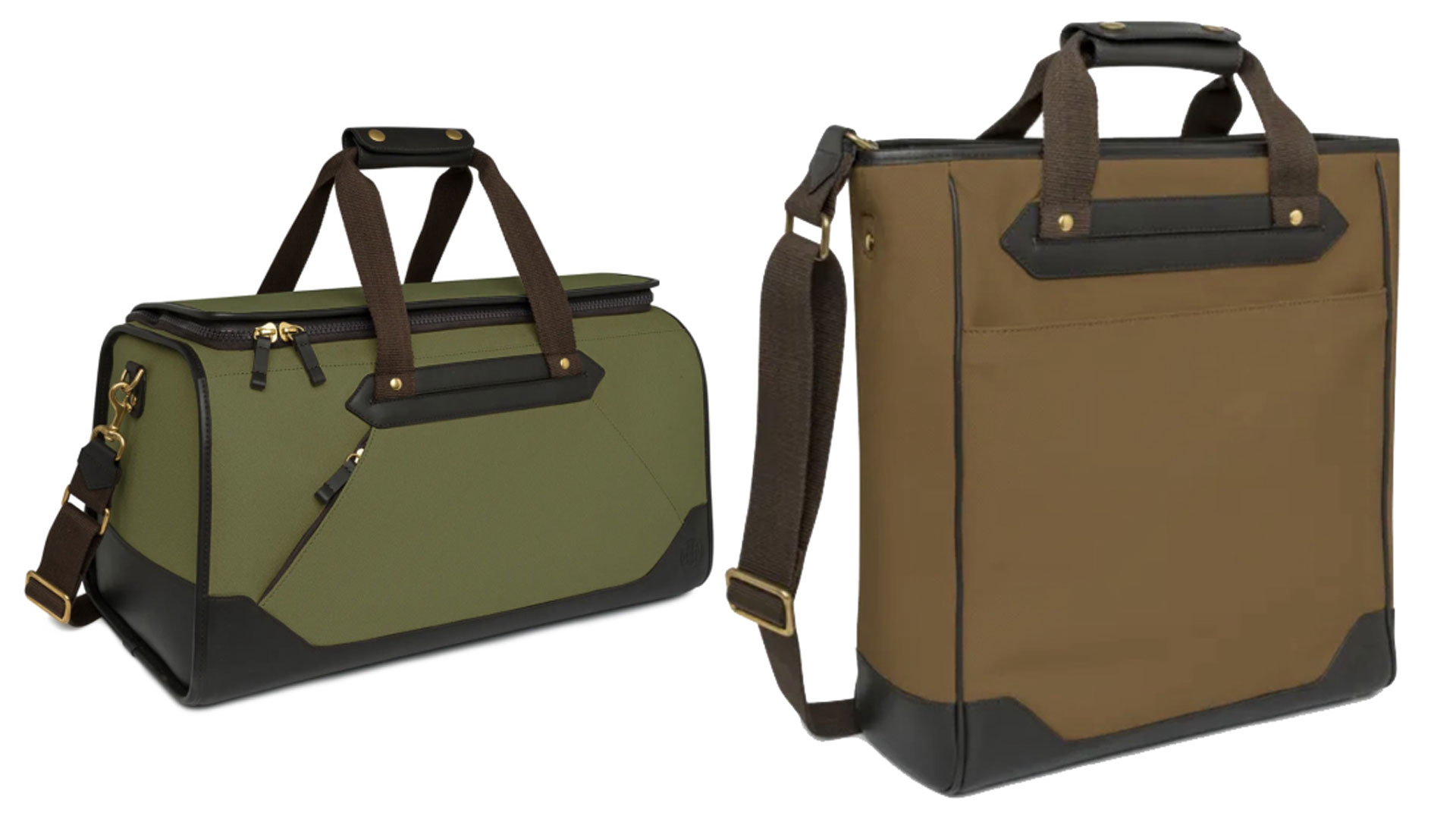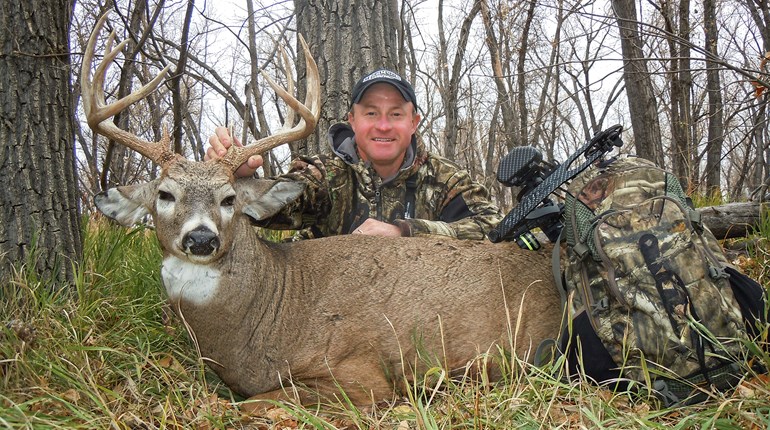
“Bobcat!” Tom whooped.
“What?” I hollered back while wrapping up our electronic caller and not quite believing my ears. “Did you say bobcat?”
“Yes! It wasn’t a coyote, it was a bobcat!” And then Tom raised a long, lean carcass that flashed a white-and-black spotted belly and I knew he wasn’t pulling my leg. We’d called a bobcat into a coyote set.
“What the heck was a bobcat doing out here?” Tom wondered out loud after we finished admiring the big cat. The terrain was gently rolling, and the cover was knee-high sage and prairie grasses. Hardly what we considered classic bobcat habitat.
“And why was it coming to coyote howls?” I asked. “That’s what’s really weird. I can understand one maybe sneaking out from the draw over there to get a free lunch, but when it hears a coyote howl it keeps coming? That’s weird.”
“I’m sure it could handle a coyote if it came to that,” my calling partner postulated.
“Yeah, but how would it know there was just one? What if there had been two or three like we sometimes call in?”
“I guess old Bob is tougher than we think! But man, way out in this open grassland. I’d have never guessed we’d call a bobcat here.”
And that was proof again: Bobcats are where you find them. But that doesn’t mean you can’t narrow your search to the most likely habitats. Given this species’ relatively low population densities, careful selection of hunting grounds is a great first step.
Bobcats are widespread across the continent from coast to coast, drifting well into Mexico and up into southern Canada before yielding the feline predation role to the larger lynx. Bobs don’t mind padding through swamps, deserts, sage, grasslands, deciduous forests, coniferous forests or mixed farmlands. So long as they find an abundance of small birds and mammals, especially cottontails, they’re happy. But they’re even happier if they can live in and among good cover.
“Good cover” can be grass, brush, weeds, vines, woods or thick vegetation of virtually any kind, even corn stalks and asparagus plumes. The ground itself can make for cozy cat cover, too. Rocks, boulders, cut banks, narrow ravines, towering cliffs and caves—the more nooks and crannies, the more Miss Kitty seems to thrive. Such cover provides hiding places from crows, jays, coyotes, bears, cougars, humans and any other disrespectful critters that might interrupt Bob’s clandestine lifestyle. Bobcats prefer to keep a low profile, and protective cover helps them do that.
More importantly, such cover provides living space for the critters Bob likes to eat. Tasty morsels like cottontails, jackrabbits, quail, grouse, meadow voles, field mice, ground squirrels, tree squirrels, pheasants, kangaroo rats, pack rats—even bats and fish. If Kitty can catch it, Kitty will kill and eat it, and that includes whitetails, both fawns and adults. The idea of a 30-pound cat taking out a 200-pound deer sounds improbable, but it happens.
Two years ago during a Midwest deer hunt we captured a trail-cam picture of a bobcat stalking a buck at a farmer’s corn feeder. We located, stalked and shot that same buck two days later, so the cat failed in his mission, but it appeared he was giving it the old college try. Many other whitetail hunters have digitally frozen bobcats in the act of attacking, killing and eating deer.
Nearly 20 years back I was watching a Dakota river valley from a high bluff during a light snow flurry when I spotted a stub-tailed cat stalking a forked-horn mule deer. The cat season was closed at the time or I’d have taken a shot. The big male would have taken his shot at that buck, too, except a swirl of wind ruined his stalk. Once the deer turned to face the cat, stomping his front foot and looking ticked off, the feline, in classic cat behavior, assumed an innocent air and slinked off as if it had just been passing through all along.
Hunt There
So a bobcat hunter’s first and most critical task is to identify good bobcat habitat. It’s probably most time-efficient to just eyeball the cover rather than seek cat spoor. They walk softly, bury their dung and are largely nocturnal. Don’t expect to see cat sign the way you do coyote sign. Finding tracks after a fresh snow is your best bet. Bobcats rarely live in densities common to coyotes and foxes, nor do they range as widely, so key on the best small-game habitat in your area.
Broken ground isn’t essential for holding cats, but it sure seems to help. We’ve had our best luck luring Bob from draws, coulees, small canyons and heavy, creekside brush in South Carolina, Washington, Oregon, Idaho, Texas, South Dakota, Nebraska and Kansas. In flat country, thick brush is almost essential. Remember, Kitty needs to hole up where she is safe from packs of coyotes, ranch dogs, etc. If she can’t squeeze into a tight spot with good protection at her back and sides, she’ll at least need quick access to trees or enough brush to hinder attack from multiple angles.
Look for such cover before you set up to call, but set up about 100 yards from it with a bit of open ground your quarry must cross before reaching you. Otherwise you might first detect the approaching cat when it lands in your lap. Hey, it’s happened more than once. A friend of mine even caught bobcat claws across his face from behind him. Fortunately, he was wearing eye glasses. Sitting back to back with a partner might not be a bad idea.
Cat Calls from the Audience
Cottontail screams are the go-to bobcat standard, but a lower-pitched jackrabbit cry, an even lower, slower-cadenced fawn bawl or a chicken squawk can work. Bob is no connoisseur of fine, stereophonic sound. A cry for help is a cry for help regardless its pitch. High or low, fast or slow, any panic scream can work. We often have excellent success with a stressed flicker cry.
An alternative to prey sounds are cat cries themselves. A bobcat calling setup is one staged event at which cat calls are welcomed. Bobcats meow and caterwaul much like housecats, especially females in estrus. Mimic those sounds and get ready for action. Most electronic callers these days include such cat calls. Use them.
More critical to success than these sounds are their location and your approach to it. In our experience cats don’t usually respond to calls from great distances like coyotes do. You generally have to call from within 400 yards before Miss Kitty will answer the door. This suggests slinking as quietly as possible through cover, setting up every 300 to 400 yards before calling again. In big, more open country it may be more efficient to drive from hotspot to hotspot. Like most game in settled country, cats ignore traffic noise as a natural part of the environment. Don’t go slamming doors when you stop, but don’t assume that the sound of an engine will ruin your chances. Do park out of sight or at least a hundred yards or more from where you’ll call. Try to slip in without skylining yourself. Wear appropriate camo and sit against, in and among limbs, leaves and rocks to break your outline, but don’t wriggle back so far that you can’t see and swing to shoot in a wide arc.
 Worry Less About Wind
Worry Less About Wind
Callers catch a break with cats. They don’t seem to be all that concerned with scent.
Because their noses are short, they don’t have as many cells as coyotes and foxes for picking up odors, but they also seem more willing to ignore human scent, perhaps because they think they’re so well hidden. They’ll happily sit and observe a hunter as he calls and often they’ll come closer. My buddy once had an adult bob sneak in from his back left side so close that he was able to turn slowly and shoot from the hip!
You are wise to set up with the wind in your face, but don’t give up hope if it swirls or switches. We always work the wind because coyotes, foxes and badgers also might come calling.
Look Both Ways and Look Again
Because our spotted quarry is so stealthy and well camouflaged, looking for it thoroughly is essential. Watch for motion, of course, but also look for anything out of place. We like to inventory the landscape before we call, noting any bright rocks, gray shrubs or other anomalies that might look like a cat. That way we are a bit better able to notice new anomalies as our half-hour calling sequence plays out.
A cat on all fours presents a well camouflaged hide to the world, but when he sits, his white breast and belly can really shine. Watch for that. And watch for it nearly anywhere, not just in the thick, gnarly cover where you think Bob should appear. We often find our cats approaching from the most unlikely places—like an open grassland ridge above a deep, brushy draw we’re calling into.
“Coyote behind to your right,” my calling partner whispered one noon. We were making one last setup near the mouth of a “cattish” canyon. Before rising to leave, my buddy did the 360-degree sweep. That’s when he noticed the white spot on the skyline. Had to be a coyote.
Of course, the Nikon scope revealed spots on the white. Once again Mr. Bob had fooled us with an approach from the least likely location. Fortunately we knew enough to scan everything one last time before leaving. Make it a point to do the same. I suspect more cats have dashed off after being spooked by callers standing to depart than have been shot by careful callers who spotted them before leaving.
Don’t be afraid to use a binocular for this final scan, either. Raise it slowly and sweep the landscape, peering into thickets and odd corners. Turn the focus wheel in and out to sharpen the view in tighter cover inside 50 yards. Look for the gleam of a golden eye.
Patience, Please
Bobcats aren’t supposed to charge, but this one did. My partner and I were sitting against brush on a hillside, trying to tempt a distant coyote to venture a few yards closer. We squeaked like mice, sat still as rocks and nearly tumbled down the slope when a bobcat, streaking flat out and throwing sand as he rounded the corner, came racing toward us. I flung up the .22-250 and fired, ending what most would consider an unusual charge from a notoriously cautious predator.
Call bobcats often enough and you’re bound to observe extraordinary behavior, but on the whole expect bobcats to come slinking “on little cat feet,” as poet Carl Sandburg once described fog. Not a bad analogy, bobcats and fog. In fact, I recently called a cat up a long, partially wooded draw in a heavy fog. I’d never have seen that kitty but for the crows calling and swooping above him as he sneaked in. Over the years I’ve seen crows dive-bombing and harassing owls, red foxes and coyotes, so why not a bobcat? Resisting the urge to abandon my post after a half-hour, I held tight and used a binocular to glass the gray edges of the fog. And that’s when I found my spotted friend, sitting like Sandburg’s fog “on silent haunches” beside a small shrub, his fur blending nicely with the native weeds and grasses. He watched with barely a twitch of his ruffed cheeks as I eased the rifle into position for the 125-yard shot.
Slow and cautious wins the race when calling cats. Yes, they sometimes race right in, but most often they approach slowly, sometimes casually, and they may stop, sit and look over the situation, especially if they spot movement. Camouflage isn’t mandatory, but it helps. So does minimizing movements, which is why electronic callers help. The sounds emanate from a different spot and you barely need to move a finger to operate the caller.
The good news? Nearly all bobcats that spotted me shifting, raising a call to my lips or turning my head have stopped and stared instead of bolting. By moving slowly I can usually get my rifle up and a shot off. Slow and steady wins the bobcat stare-down.
Even though we humans rarely see bobcats, their populations have been steadily increasing nearly everywhere. Get out with a call, a gun and considerable patience, and you could discover the undiscovered.








